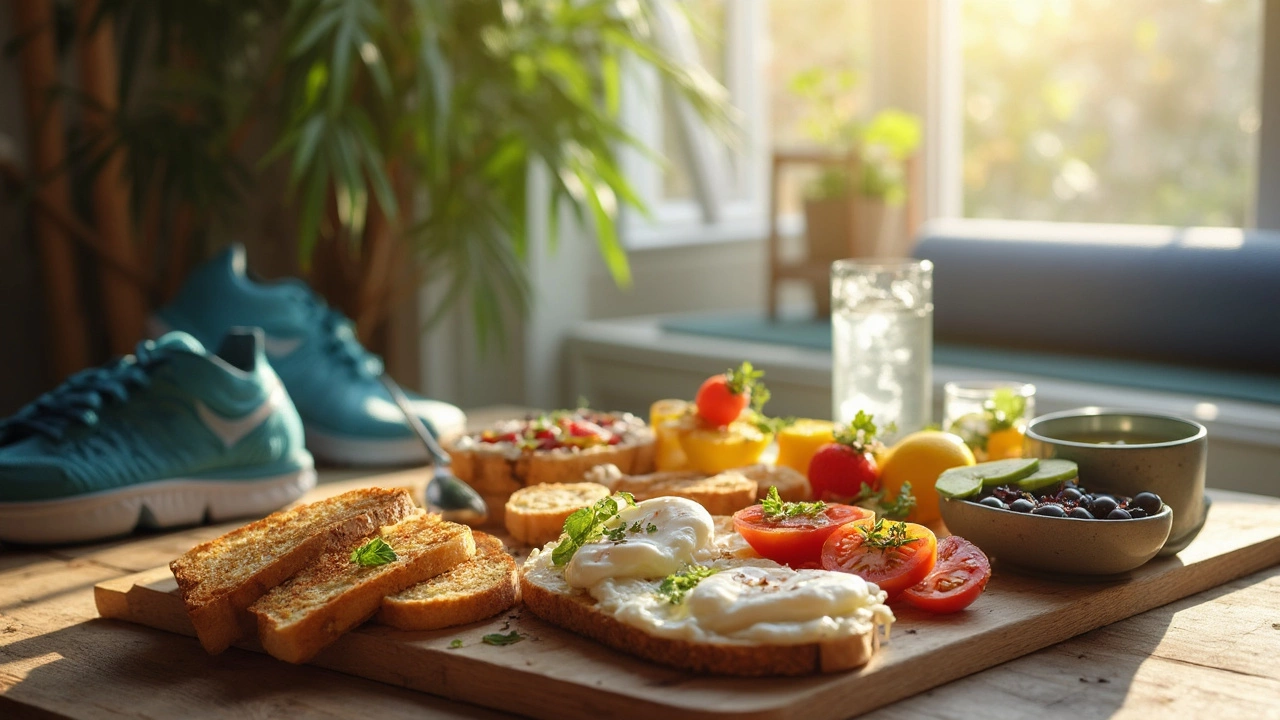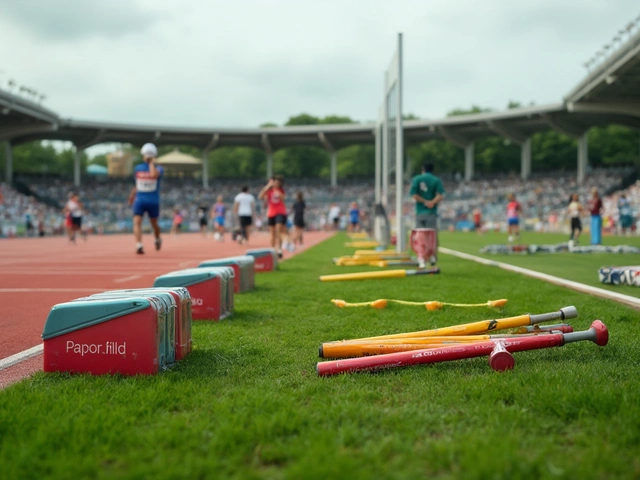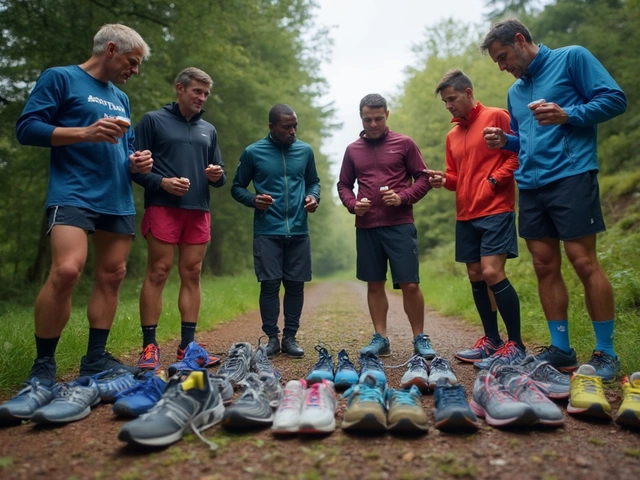Energy Foods – Fuel for Better Performance
When talking about energy foods, foods that provide quick, sustained fuel for the body, especially during physical activity. Also known as performance foods, they combine carbs, proteins, and healthy fats to keep blood sugar stable and muscles ready. Athletes, weekend warriors, and anyone juggling a busy day rely on them to avoid the mid‑day crash. Understanding what makes a food an “energy food” helps you pick options that truly power you, rather than just adding empty calories.
Stamina, the ability to sustain prolonged physical or mental effort is the most immediate benefit you’ll notice after adding the right energy foods to your meals. Carbohydrate‑rich choices like bananas, oats, or whole‑grain wraps replenish glycogen stores, while moderate protein from nuts or Greek yogurt supports muscle repair. When glycogen dips, you feel tired; when it stays topped up, you can push through longer runs or intense table‑tennis rallies. Consistent intake also helps your cardiovascular system stay efficient, meaning you recover faster between sets. In short, energy foods act as a reserve tank that directly refills stamina during activity.
Nutrition, the process of providing or obtaining the food needed for health and growth isn’t just about calories—it’s about balance. Energy foods bring a blend of macronutrients (carbs, protein, fats) and micronutrients (vitamins, minerals) that together power cells and keep the immune system strong. For example, an orange supplies vitamin C for antioxidant protection, while quinoa adds magnesium for muscle function. When you match meal timing with training, you also improve insulin sensitivity, which further enhances energy utilization. By aligning your diet with these nutrient profiles, you turn every bite into a performance‑boosting tool.
Sports performance, the level at which an athlete executes skills, speed, strength, and endurance improves when energy foods and solid nutrition work together. A cyclist who eats a pre‑ride oatmeal bowl with berries will notice steadier power output compared to someone who skips the meal. The same principle applies to table tennis players at our club: a quick‑digesting snack like a rice cake with almond butter can sharpen reaction time between matches. In essence, energy foods provide the metabolic foundation that lets skill shine.
Training, planned physical activity aimed at improving fitness or skill dictates how often you need to refuel. High‑intensity interval sessions drain glycogen faster, so you’ll benefit from instantly absorbable carbs like dried fruit or a sports drink. Endurance workouts, such as long bike rides, call for slower‑release options like sweet potatoes or whole‑grain pasta. Pairing the right energy foods with the specific demands of your training session ensures you recover quicker and stay on track for the next workout. Monitoring how you feel during and after the session tells you whether you chose the right fuel, allowing you to fine‑tune future meals.
Diet often includes misconceptions about “energy foods.” Some think sugary snacks are the only source, but they cause spikes and crashes. Others avoid carbs altogether, missing out on essential fuel. The truth lies in selecting foods that combine complex carbs with protein and healthy fats. A balanced diet that regularly incorporates energy foods keeps energy levels even, supports mental focus, and reduces cravings, making it easier to stick to your training plan.
Practical tips make the concept of energy foods usable every day. For a morning boost, blend rolled oats, banana, and a scoop of whey into a smoothie—covers carbs, protein, and potassium. Before an afternoon match, snack on a handful of trail mix with dried apricots; the mix provides quick carbs and sustained fats. After a long run, refuel with a turkey wrap, leafy greens, and a drizzle of olive oil to replenish glycogen and aid muscle repair. Adjust portions based on activity length: 30‑45 minutes of moderate effort needs 15‑20 g carbs, while over‑an‑hour sessions benefit from 30‑40 g. Remember to stay hydrated; water works hand‑in‑hand with these foods to transport nutrients to your cells.
Whether you’re gearing up for a competitive table‑tennis tournament, planning a weekend bike ride, or just trying to stay alert at work, the right energy foods can bridge the gap between fatigue and peak output. Below you’ll find articles tackling everything from stamina‑draining habits to sport‑specific nutrition, equipment choices, and training strategies. Dive in to discover how a simple tweak in your diet can elevate your game, extend your endurance, and keep you feeling energized all day long.
Wondering what to eat to boost your stamina for workouts, sports, or just everyday life? This article breaks down the best foods that help you build endurance and fight fatigue. You'll get practical nutrition tips, learn what actually works, and find out how simple changes can level up your energy game. Whether you're an athlete or just need more pep for your daily routine, these food ideas really deliver. Forget the hype—here's what matters for real stamina.
READ MORE





